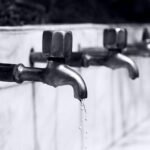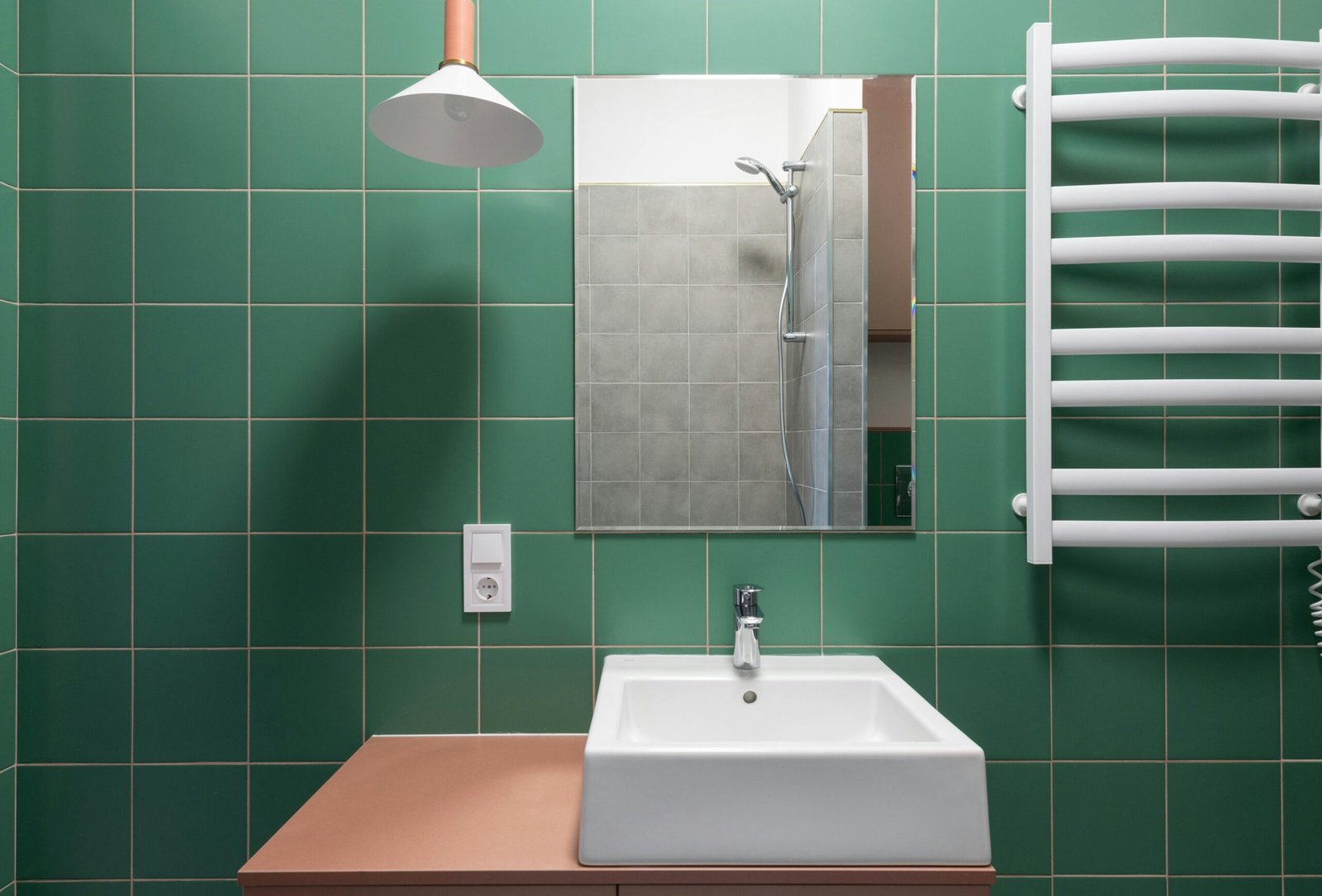Contents
ToggleDrainage and Waste Disposal Subsystem
Efficiently removing wastewater is fundamental to any plumbing system. This vital function is handled by the drainage and waste disposal subsystem, a network of interconnected components designed to swiftly and safely transport waste away from fixtures like sinks, toilets, and showers. This section delves into the key aspects of this critical subsystem, from its fundamental components to crucial design considerations for optimal performance.
1. Understanding the Drainage and Waste Disposal Subsystem
The drainage and waste disposal subsystem comprises a complex network of pipes, fittings, traps, and vents. This intricate system works in tandem to effectively collect and transport wastewater from various fixtures within a building, ultimately discharging it into the municipal sewer system or a private septic tank. Proper functioning of this subsystem is paramount for maintaining sanitation, preventing foul odors, and safeguarding the health and well-being of building occupants.
2. Core Components of the Drainage and Waste Disposal System
-
Drain Pipes: The waste water travels. The drain pipes include:
- PVC (Polyvinyl Chloride): A widely used, lightweight, and corrosion-resistant option.
- ABS (Acrylonitrile Butadiene Styrene): Renowned for its strength and impact resistance.
- Cast Iron: A durable and noise-reducing material, although susceptible to corrosion.
- HDPE (High-Density Polyethylene): Highly flexible and corrosion-resistant, often used in large-scale installations.
-
Traps: These crucial components prevent sewer gases from entering the building. They achieve this by holding a water seal within a curved section of pipe.
- P-traps: The most common type, featuring a U-shaped bend that effectively retains water.
- S-traps: While similar to P-traps, they are more prone to drying out, potentially allowing gas to escape.
- Bottle traps: Compact and often used in limited spaces, they serve the same purpose as P-traps.
- Grease traps: Employed in commercial kitchens to intercept fats, oils, and grease, preventing them from entering the main drainage system.
- P-traps: The most common type, featuring a U-shaped bend that effectively retains water.
-
Vents: These components allow air to enter the drainage system, equalizing pressure and ensuring the smooth flow of wastewater. Proper venting is essential to maintain the integrity of the water seals within traps.
-
Main Drain Line: This main pipeline gathers wastewater from various fixtures and channels it toward the sewer system or septic tank. The main drain line must be appropriately sized to accommodate peak wastewater flow and maintain a consistent slope (typically 1/4 inch per foot) to facilitate gravity-driven flow.
-
Backwater Valves: These devices prevent sewage from backing up into the building during storms or sewer line blockages. They are typically installed on the main drain line and require regular inspection and maintenance.
-
Grease Traps: As mentioned earlier, grease traps are vital in commercial kitchens to intercept and contain fats, oils, and grease.
3. Key Design Considerations
- Strategic Layout and Sizing: The drainage system must be carefully designed to ensure efficient gravity drainage. Pipe sizes must be selected to accommodate peak wastewater flow, preventing overflows and backups.
- Optimizing Venting: Proper venting is paramount. Each fixture should ideally have its own dedicated vent, or a strategic network of vents should be implemented to ensure adequate airflow throughout the system.
- Adhering to Local Codes: All aspects of the drainage and waste disposal system must comply with local plumbing codes, ensuring safety and functionality.
4. Maintaining the Drainage and Waste Disposal System
Regular maintenance is essential to ensure the long-term efficiency and reliability of the drainage system. This includes:
- Routine Inspections: Regularly inspecting the system for leaks, clogs, and the proper functioning of traps and vents.
- Preventative Maintenance: Regularly cleaning drains and grease traps to prevent clogs and maintain smooth wastewater flow.
- Emergency Preparedness: Being prepared for plumbing emergencies, including knowing the location of shut-off valves and backwater valves.
Conclusion
The drainage and waste disposal subsystem plays a critical role in the overall functionality and hygiene of any building. By understanding its components, design considerations, and maintenance requirements, building owners and occupants can ensure the long-term efficiency and reliability of this vital system. In the next section, we will explore the various fixtures and faucets that facilitate daily water use within a building.












